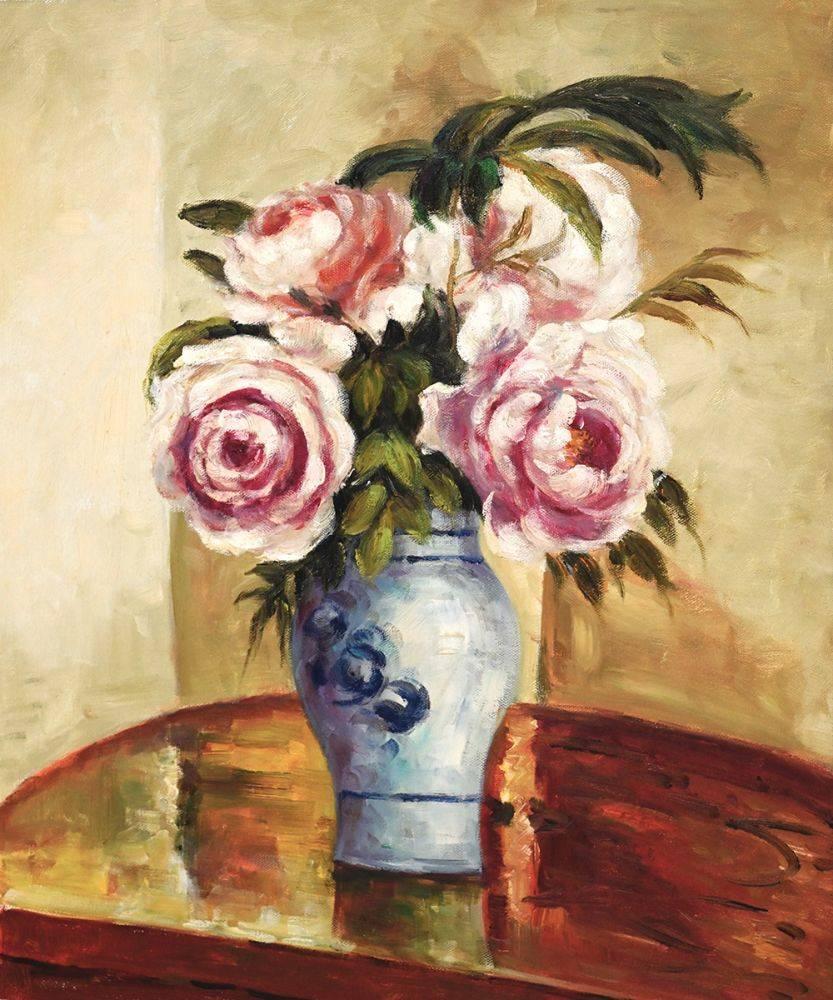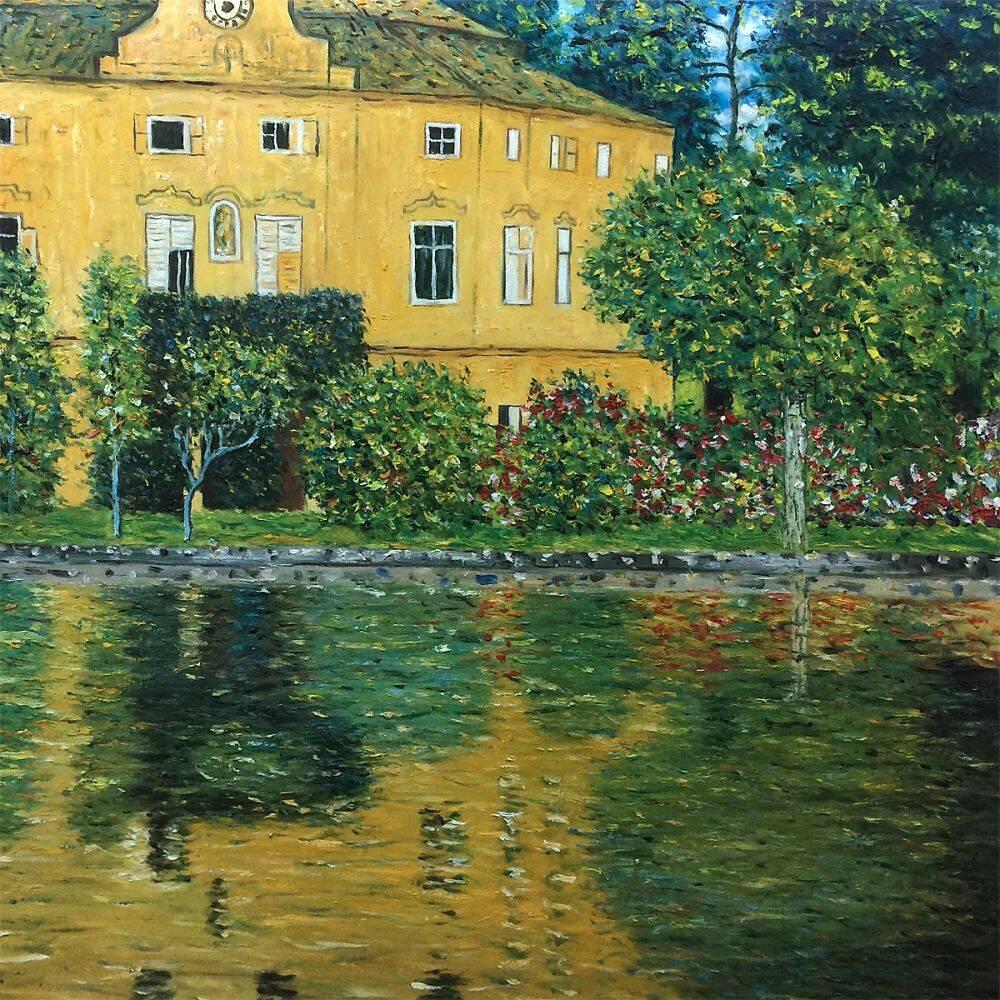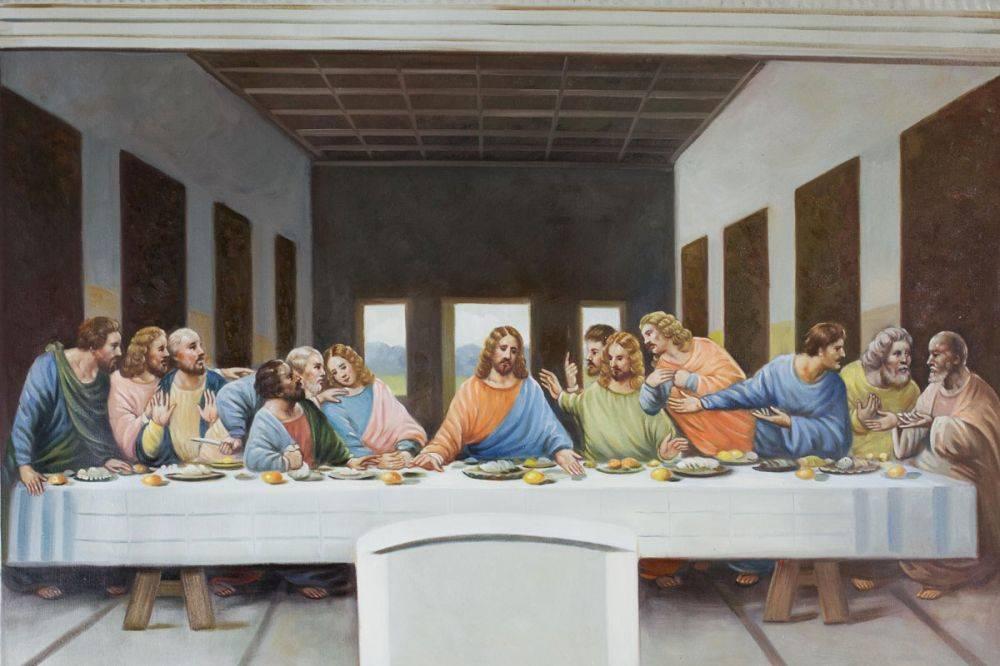Art
Seurat: Color Theory in Practice
 Seurat studied color theory and embarked on color theory exploration in order to demonstrate their validity in painting. Most of the contemporary critics were not too keen of his art work, on the contrary, most of them ridiculed his art form, but today he is known as the founder of the pointillism art movement. His best works, such as “Bathers at Asnieres” or “A Sunday on La Grande Jatte” are now studied and admired all around the Globe.
Seurat studied color theory and embarked on color theory exploration in order to demonstrate their validity in painting. Most of the contemporary critics were not too keen of his art work, on the contrary, most of them ridiculed his art form, but today he is known as the founder of the pointillism art movement. His best works, such as “Bathers at Asnieres” or “A Sunday on La Grande Jatte” are now studied and admired all around the Globe.
At the beginning of his career, Seurat used J. Aviat’s notes as a guide. Aviat was a lady painter who wrote down Camille Corot’s tips. Seurat found them important in his art study, maybe you will too:
First you must feel your subject, in order, once you have grasped it, to paint it. Thereby: trust. When you copy Nature, you always learn something. I always try to see the work as a whole – like a child blowing a soap bubble. While the bubble is still small, it appears quite round. Then slowly the child blows it up until it is frightened that the bubble will burst. In the same way, I work on all the parts of my painting at once, and bring it cautiously to perfection until, at last, I have achieved the whole effect.”
Camile Corot always began with the shadows, because that hit the eye of the viewer. The artist was interested when he looked at a painting in the form and the importance of the tones. The color wasn’t important, but what you do with it, in order to bring harmony to the tones. “In a painting there is always a point of light, but it must be the only one. You can put it wherever you like: in a cloud, in a reflection on the water or on a cap. But only one should have this intensity.” This theory resulted in Seurat’s “Suburb” or “Seated Woman,” both made in 1883.
Even if Seurat took this “advice” he had begun studying the principles of color in greater detail. Seurat color was an important part of a painting, and therefore, it must be studied rigorously. Thus “Modern Chromatics” a book written by the New York physicist and amateur Ogden Nicholas Rood, took his attention. It is a study of color theory, which supports that colors reach the eye at different wavelengths, and are mixed on the retina. This gave Seurat the great idea of juxtaposing dabs of primary colors on the canvas rather than mixing them on the palette.
Rood is the one who confirmed that red, yellow and blue are primary colors. He also suggested that orange-red, green, and violet-blue give light to the painting.
These theories of color were discussed in a circle of painters to which Seurat was introduced by Signac. Also, the adepts of these ideas were Armand Guillaumin and Camille Pissaro.
Another important theory for Seurat had been written by Charles Henry in the book “Esthethique Scientifique”, published in 1885. The principle was rather simple: some line’s directions give the viewer the feeling of happiness and others of sadness. Thus, the teaching was about the reduction of sensations to joy and pain, and their reinterpretation on canvas as “dynamogeny” and “inhibitory.” According to this theory, lines moving upwards or from right to left are “dynamogenic” and express happiness, whereas sadness and pain are associated downwards or from left to right. Colors also have their counterpart in this theory. Red and yellow together with their mixtures stimulate happiness and we can say there are “dynamogenic,” while green, violet, and blue give an “inhibitory” effect to the viewer. The most “dynamogenic” color is, in Henry’s opinion, red and the most “inhibitory” is it is complementary. The paintings that resulted from this point of view were Seurat’s “Young woman Powdering Herself,” “The Circus” and “Le Chahut.”
Seurat not only put into practice these theories but also came with his own. In a letter to Maurice Beaubourg, in 1980, he wrote out some of his ideas:
Art is harmony. Harmony is the analogy of contrasting and similar elements, of tone, color and line which, in accordance with their dominant and the influence of the light, can produce cheerful, peaceful or sad compositions.”
In Seurat’s theory, the contrasts were: “for tonal value, a bright, light one in contrast to darker one. For color, the complementary colors. For line, those which form a right angle”. He gave cheerfulness as an example. In order to produce the value that gives cheerfulness you have to produce a bright dominant, in color, you make warm dominant, and in line by lines above the horizon. Seurat applied this theory for the first time in “Invitation to the Slideshow”.




